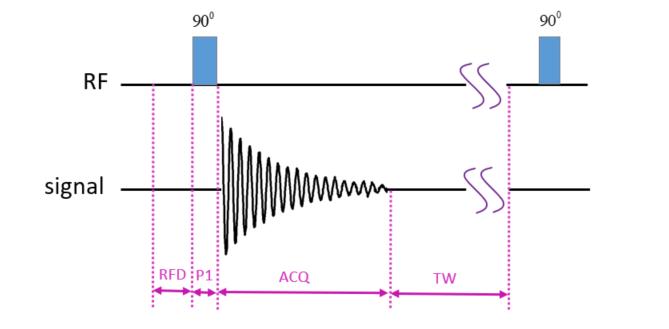Introduction:
The food industry is continuously evolving, with a growing emphasis on safety and quality. One of the key technologies that has emerged to meet these demands is Low Field Nuclear Magnetic Resonance (LF-NMR). This article delves into the role of LF-NMR in the food sector, particularly highlighting the significance of relaxation time in ensuring food safety and quality.

Understanding Low Field NMR
Low Field Nuclear Magnetic Resonance is a non-destructive analytical technique that utilizes the magnetic properties of atomic nuclei. It operates on a principle where the nuclei absorb energy from an applied magnetic field and then release this energy as they return to their equilibrium state. The technology is distinguished by its low magnetic field strength, which is below 0.5T, making it a safe and efficient method for food analysis.

The Role of Relaxation Time
Relaxation time, a pivotal parameter in NMR spectroscopy, refers to the time it takes for the nuclei to return to their original state after being excited by the magnetic field. In the context of food safety, relaxation time can provide valuable insights into the molecular structure and composition of food products. It helps in identifying the presence of contaminants, assessing the freshness of produce, and determining the quality of fats and oils.
Advantages of LF-NMR in Food Analysis
– Non-Destructive Testing: LF-NMR allows for the examination of food samples without altering their physical or chemical properties, which is crucial for maintaining the integrity of the product.
– Speed and Efficiency: The process is relatively quick, enabling rapid analysis and decision-making in the food industry.
– Cost-Effective: Compared to other analytical techniques, LF-NMR offers a cost-effective solution for routine quality control.
– High Accuracy: The technology is known for its high precision in detecting minute changes in food composition, which is essential for ensuring food safety standards are met.

Applications in the Food Industry
LF-NMR has found applications across various segments of the food industry, including:
– Quality Assessment: Evaluating the quality of raw materials and finished products.
– Freshness Monitoring: Determining the freshness of perishable goods such as dairy and meat products.
– Authentication: Verifying the authenticity of food products and detecting adulteration.
– Process Optimization: Streamlining food processing techniques to improve product consistency and safety.
The integration of LF-NMR technology, with a focus on relaxation time, has revolutionized the way the food industry approaches quality control and safety. Its non-invasive nature, coupled with its ability to provide detailed molecular information, makes LF-NMR an indispensable tool for modern food analysis.
For businesses in the food sector looking to enhance their product quality and safety measures, embracing LF-NMR technology is a strategic move. Stay ahead in the competitive food market by leveraging the power of LF-NMR to ensure consumer trust and regulatory compliance.
Keywords: Low Field NMR, Relaxation Time, Food Safety, Quality Control, Non-Destructive Testing, Molecular Structure, Food Industry Analysis.
 NIUMAG
NIUMAG